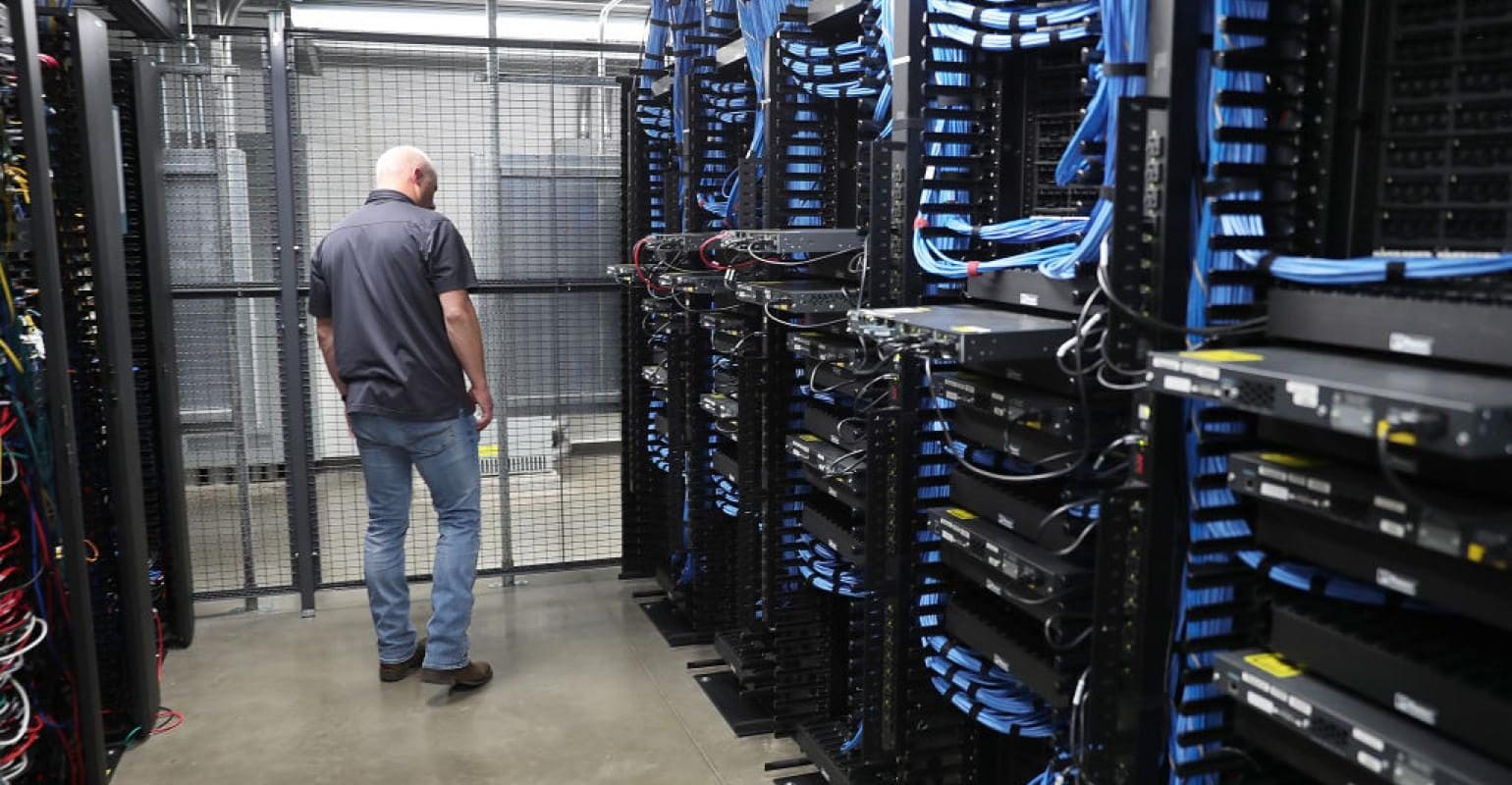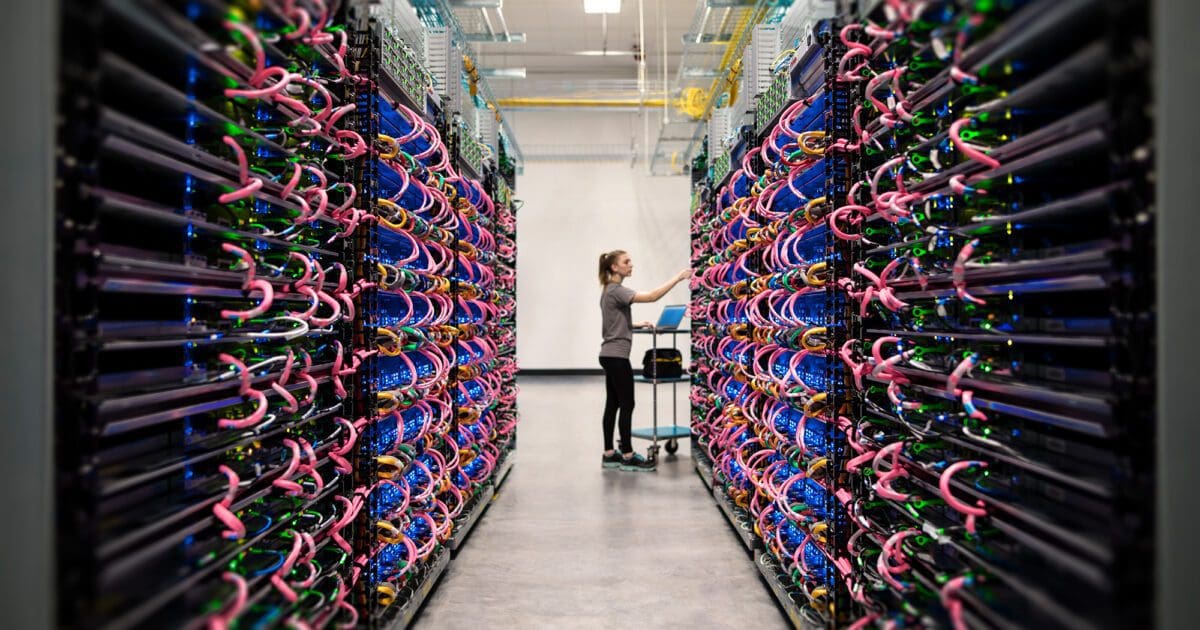Processing power is key to the performance of the software.
This has led to a consistent increase in computing power, driving a regular upgrade cycle.
Thankfully, most of these tasks dont affect the average home user or even many standard office jobs.

Specialized professional workloads, however, are where youll start to find these sorts of workloads.
One option to handle this would be assigning the relevant people to more powerful high-end computers.
A server farm essentially outsources the processing power.

The processing tasks are then farmed out to the servers.
The servers themselves are typically located in a server room or datacentre.
Servers are generally run 24/7 though depending on the workload, this may not be achievable.
Running at maximum performance at all times uses a lot of power.
It also means much cooling is required, needing even more power.
Many server farms may run below their peak performance to achieve a high performance per Watt ratio.
A server farm is a large group of servers that together process large workloads.
They are generally located in server rooms or data centers.
This compilation process is very processor intensive and, in large applications, can take hours.
A server farm can help reduce the compile time by offering more performance than possible in a single computer.
Server farms used exclusively for compiling software may be known as compile farms.
In computer graphics roles, rendering time can often be long.
This isnt a massive issue for still images, though it can take time.
Video rendering can take a long time, especially for cinema class films.
Server farms dedicated to rendering tasks may be known as rendering farms.
There is very little difference between a server farm and a supercomputer.
Both are extensive collections of servers designed to operate together to perform a task.
There is no clear defining difference between the two.
Historically, supercomputers did use special purpose hardware.
However, the current trend in supercomputing is to use more off-the-shelf server components.
A Cloudy Future
Server farms are expensive.
Theyre power hungry, need lots of cooling, and need data center infrastructure.
Server farms are also costly to set up, with high up-front hardware costs.
To make that worse, they face regular obsolescence.
Its generally held in the high-end data center industry that a 7-year-old data center is obsolete.
Within this short time, workloads can increase as performance demands increase.
The only real solution to this is offered by the hyperscalers.
These companies rent out their data centers computing performance as a cloud platform.
This access is often virtualized.
This has the annual budget-friendly factor of not having any high, recurring up-front costs.
Instead, you simply pay for what you use.
Helpfully, youre not even limited to precisely one hardware setup either.
Suppose you have a small, relatively non-urgent workload.
This also goes the other way.
Realistically, cloud services offer several compelling advantages over server farms.
Its worth noting that hyperscalers benefit from economies of scale, which filter into their pricing.
This provides several benefits, including high performance and 24/7 operation.
Cloud services from hyperscalers are the main competing option.
They offer several compelling benefits, including a lack of up-front hardware costs and price/performance flexibility by task.